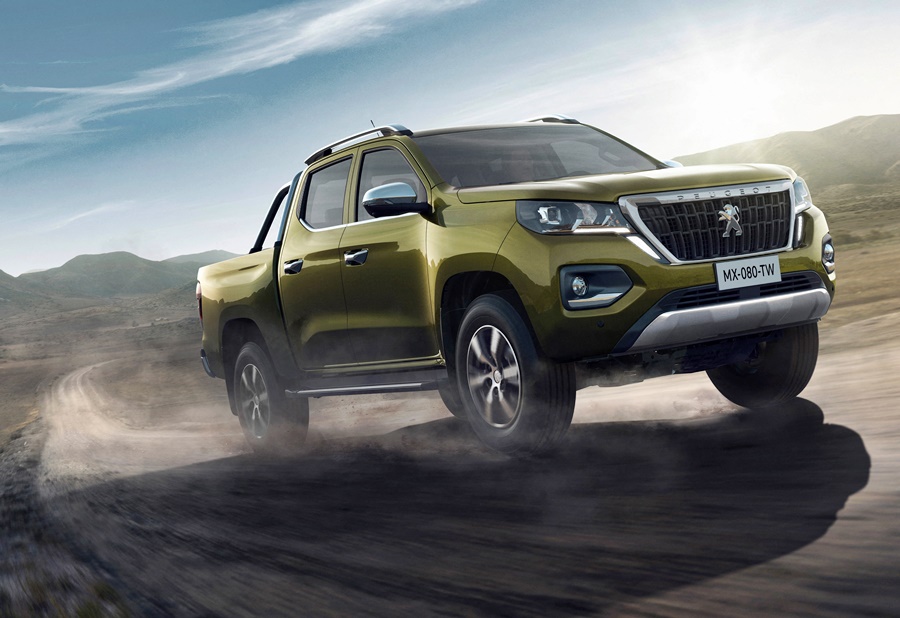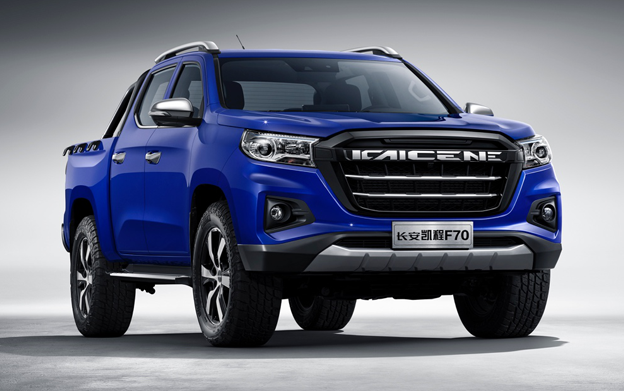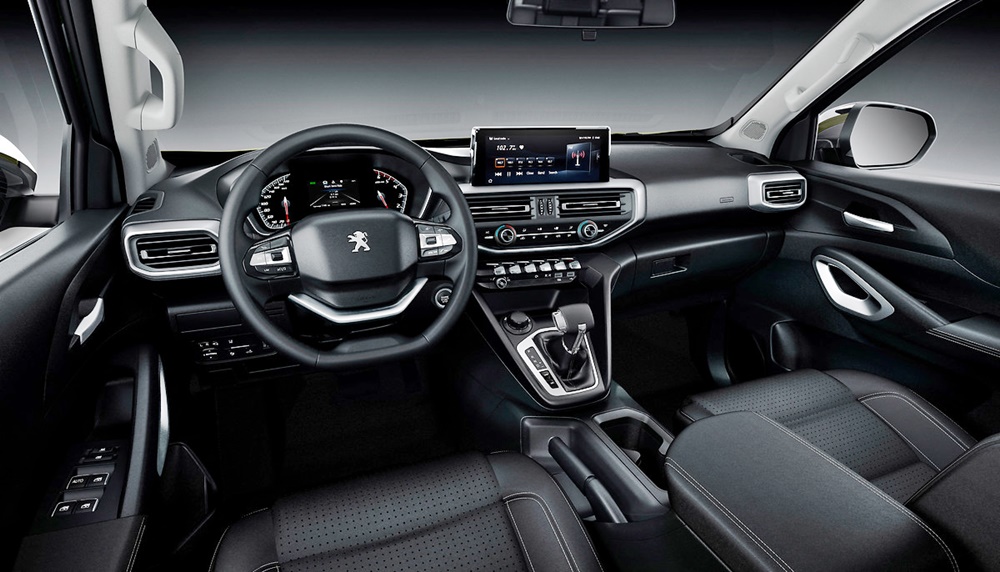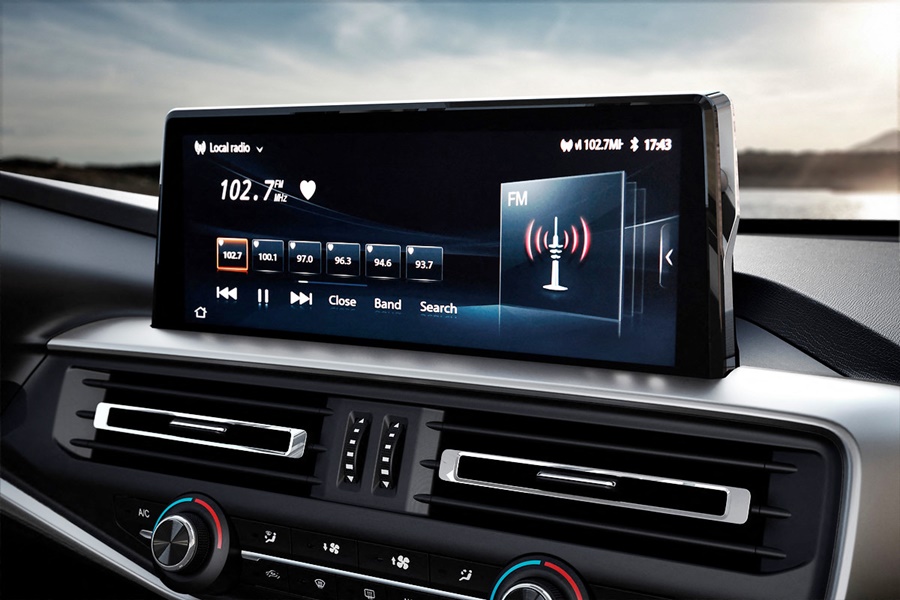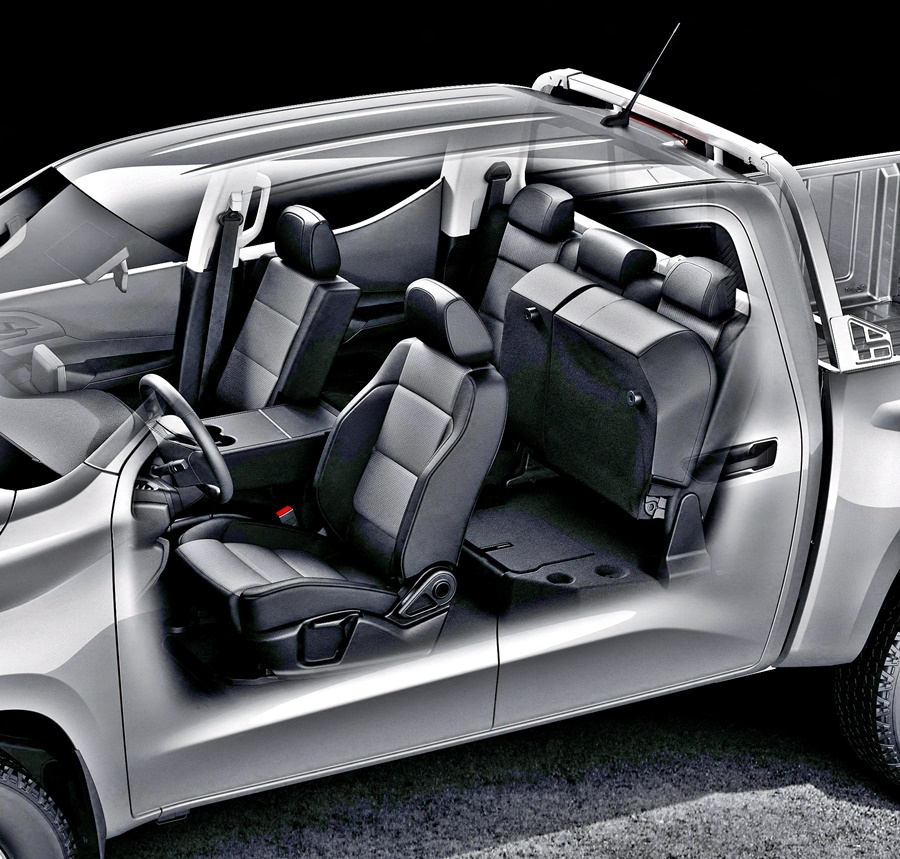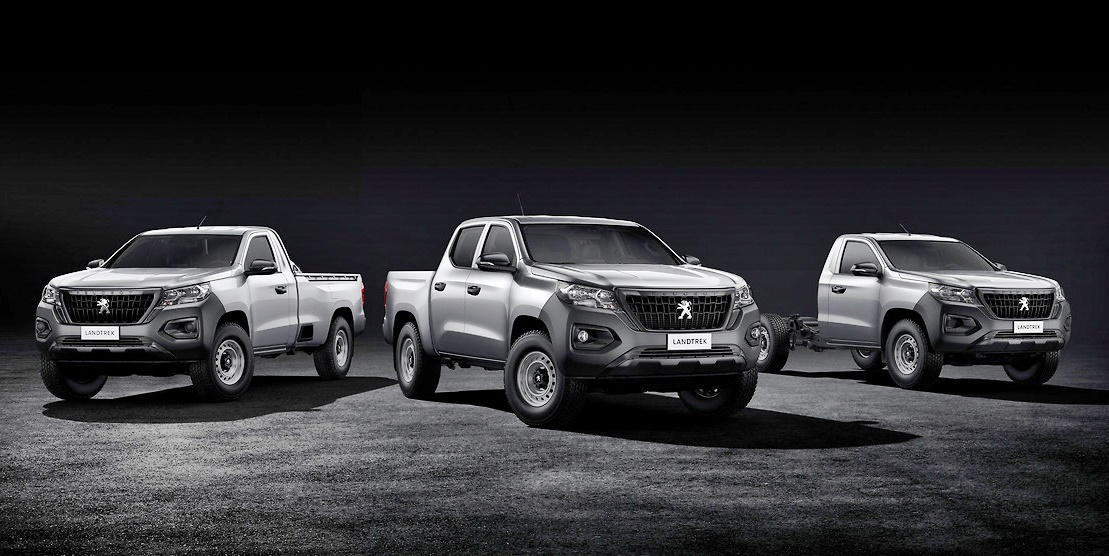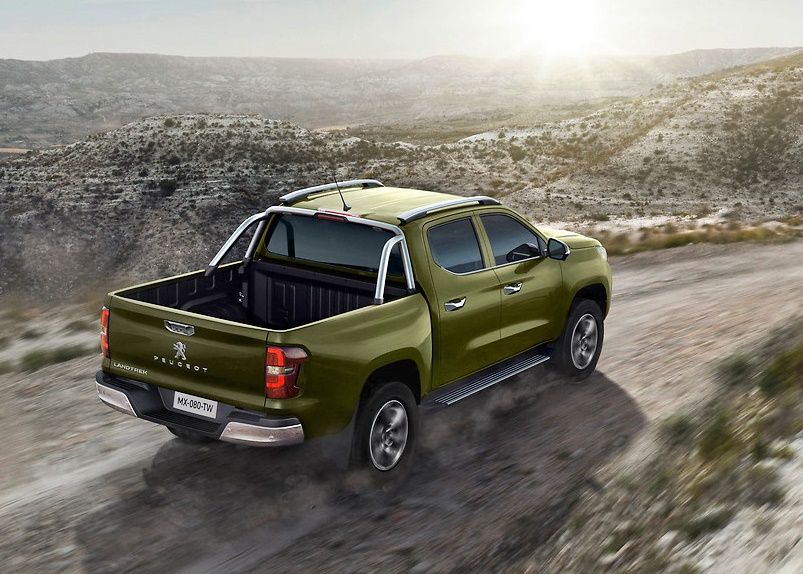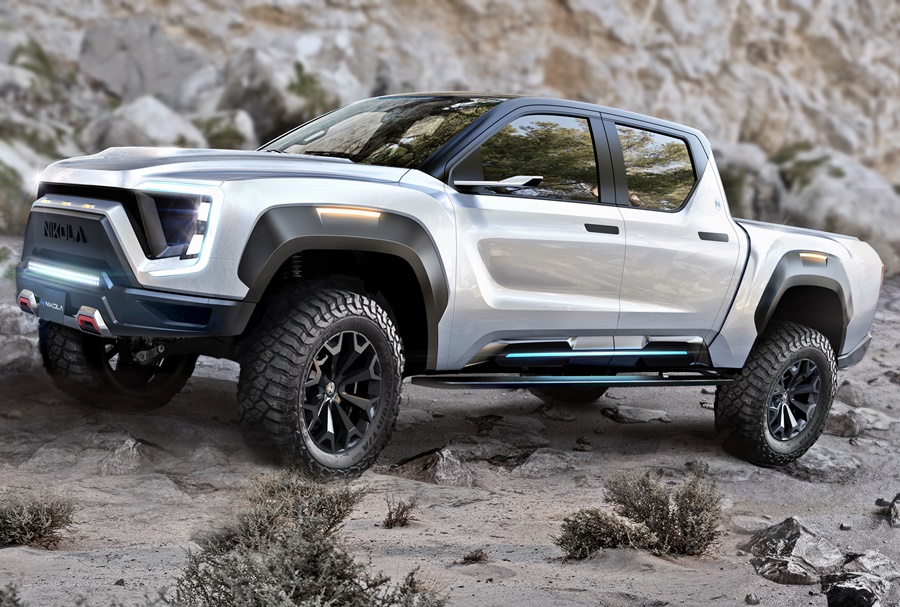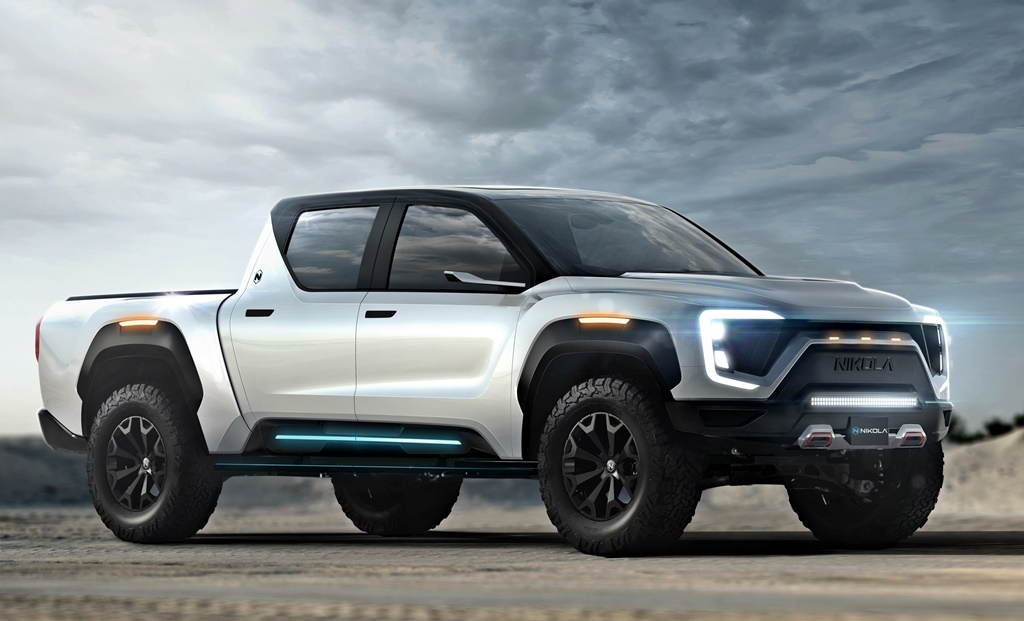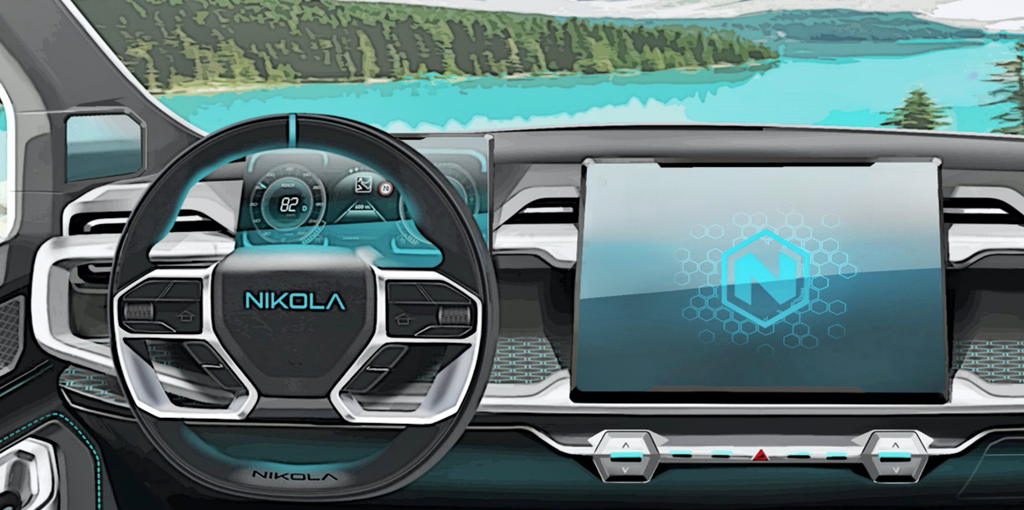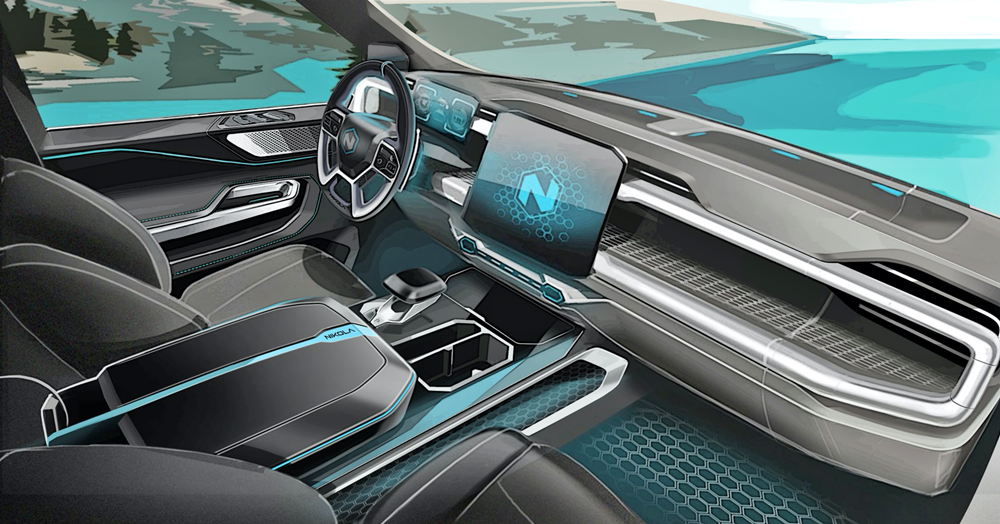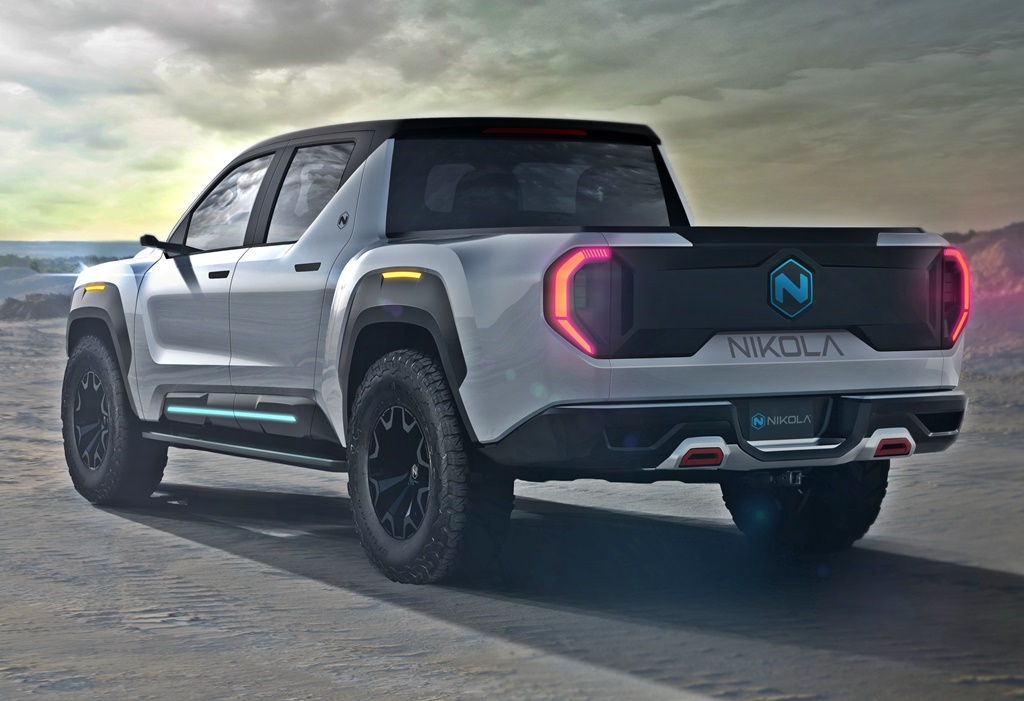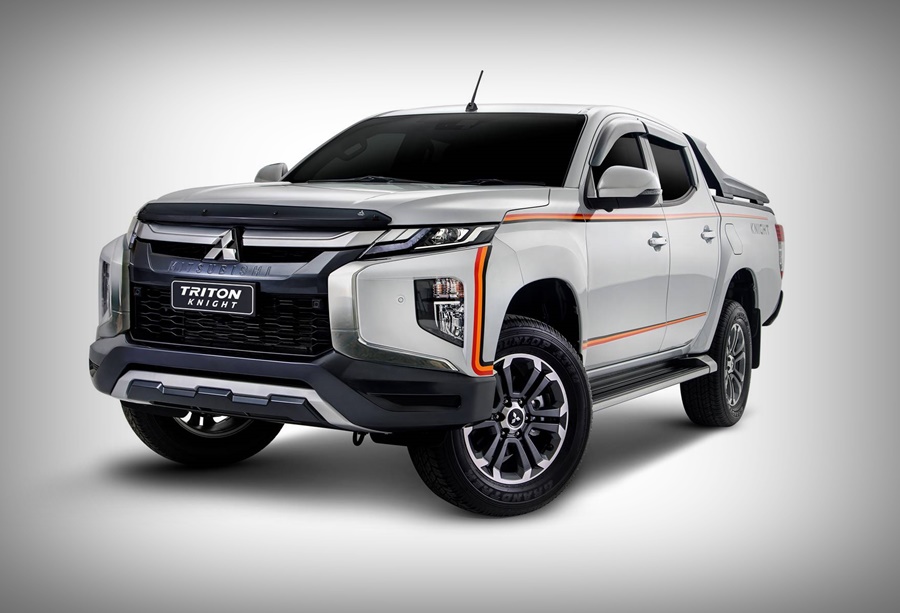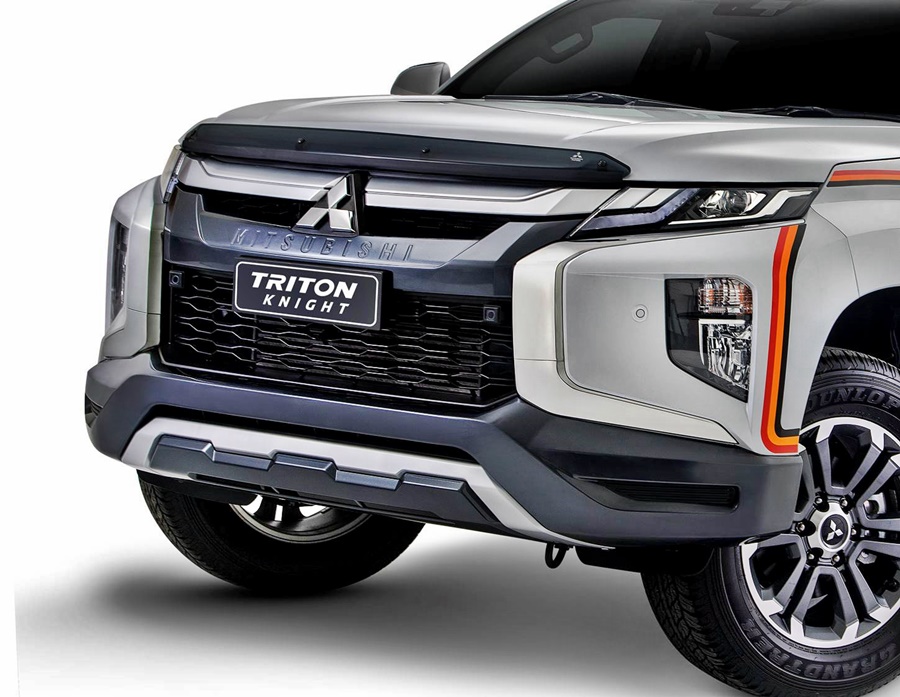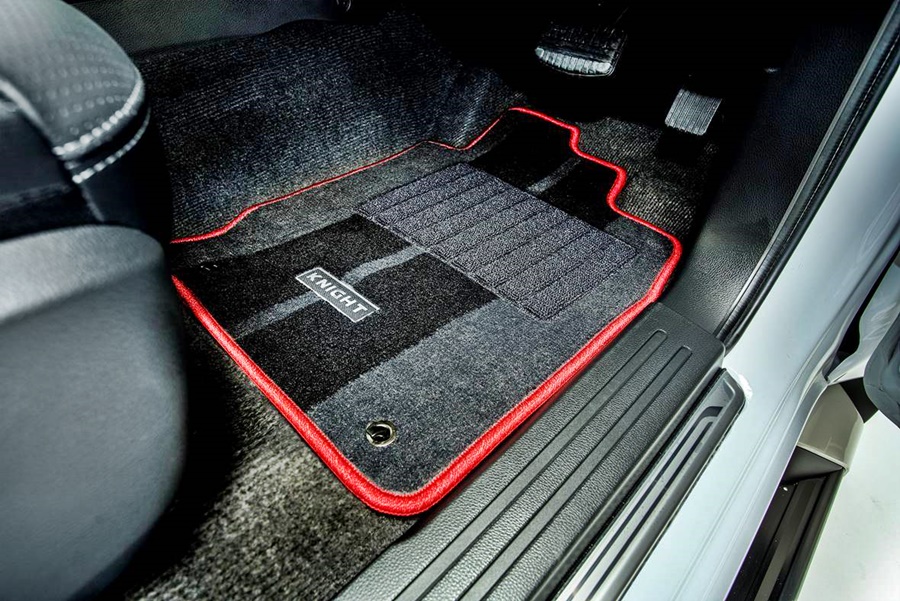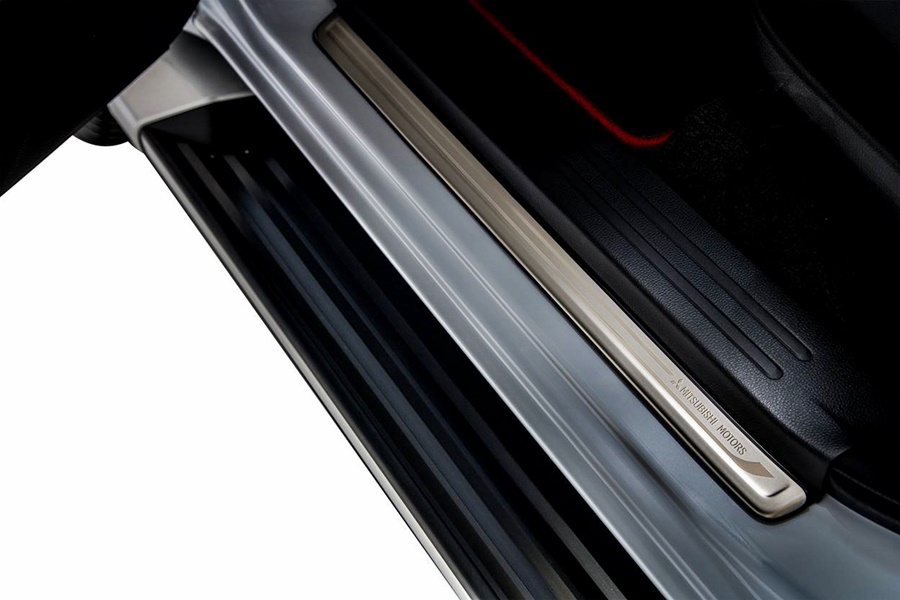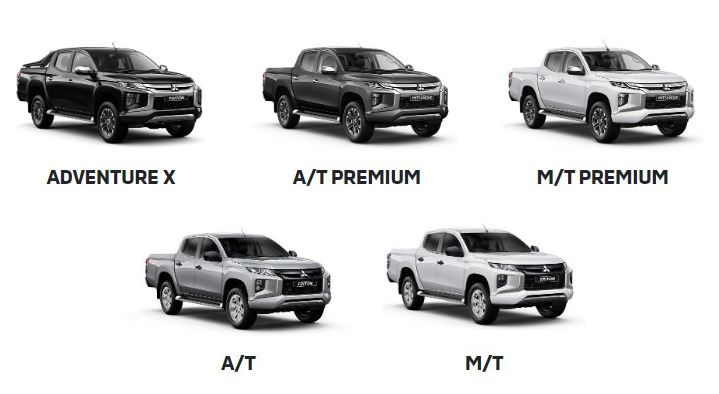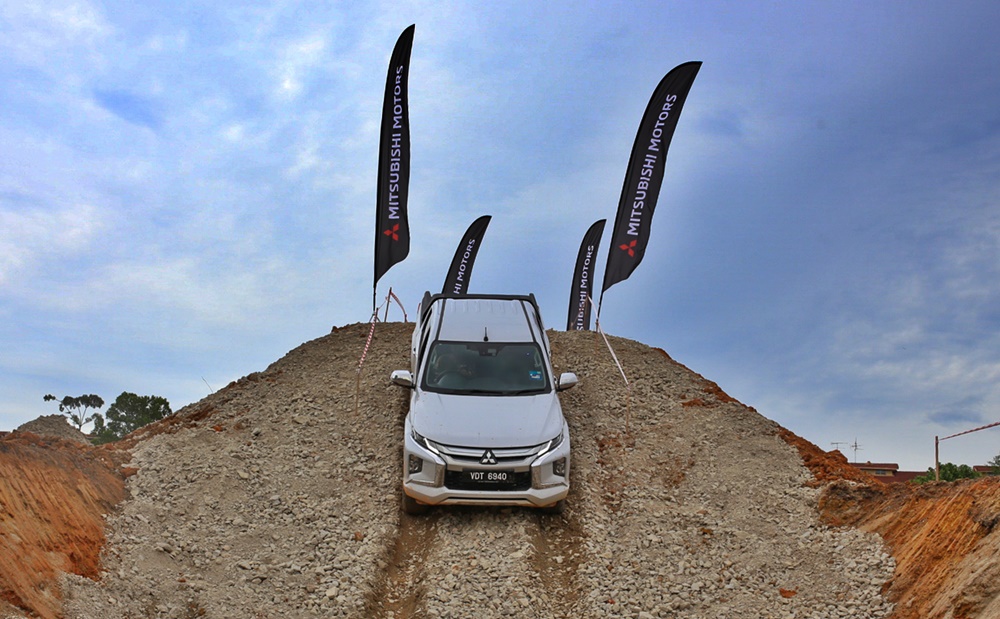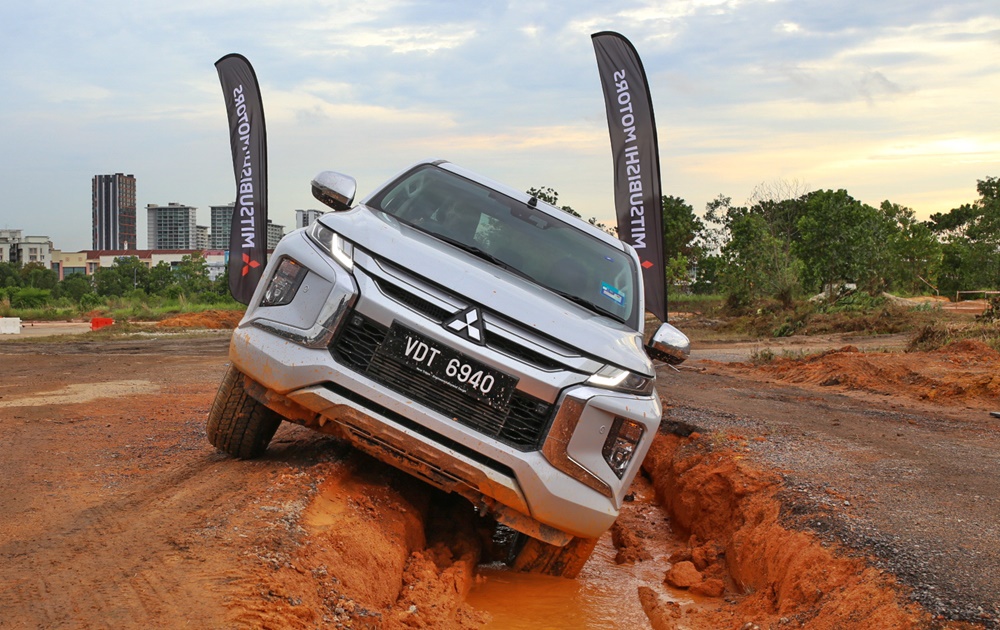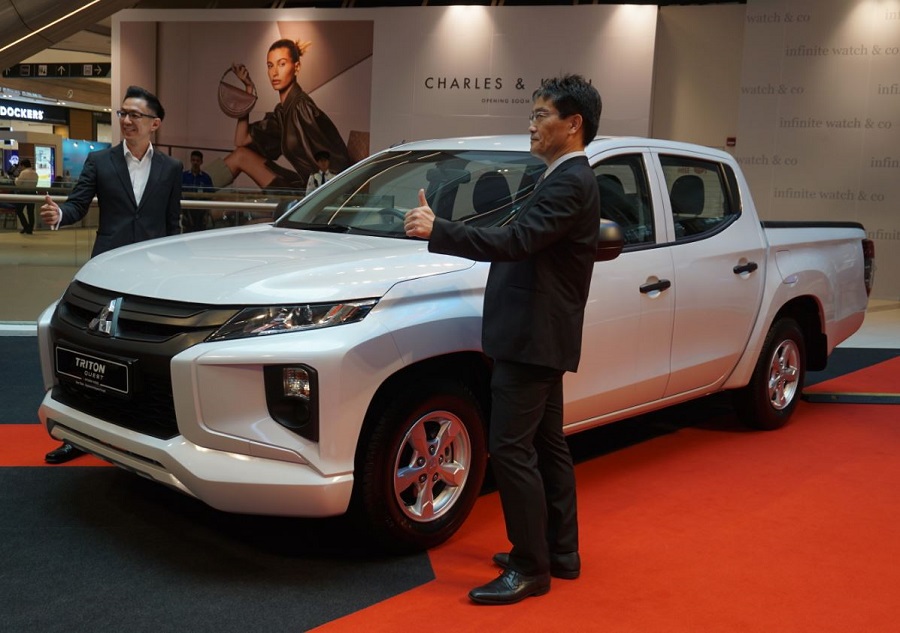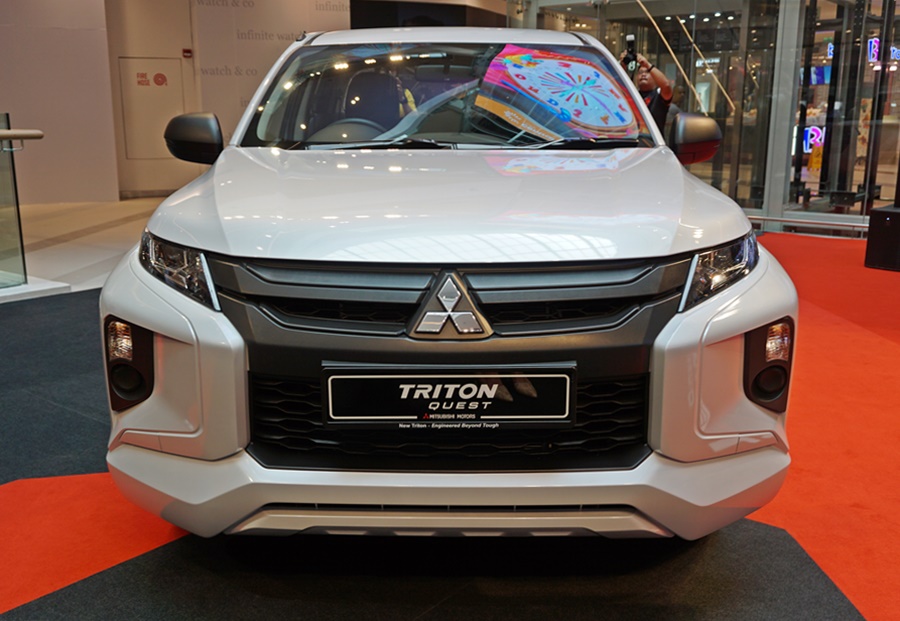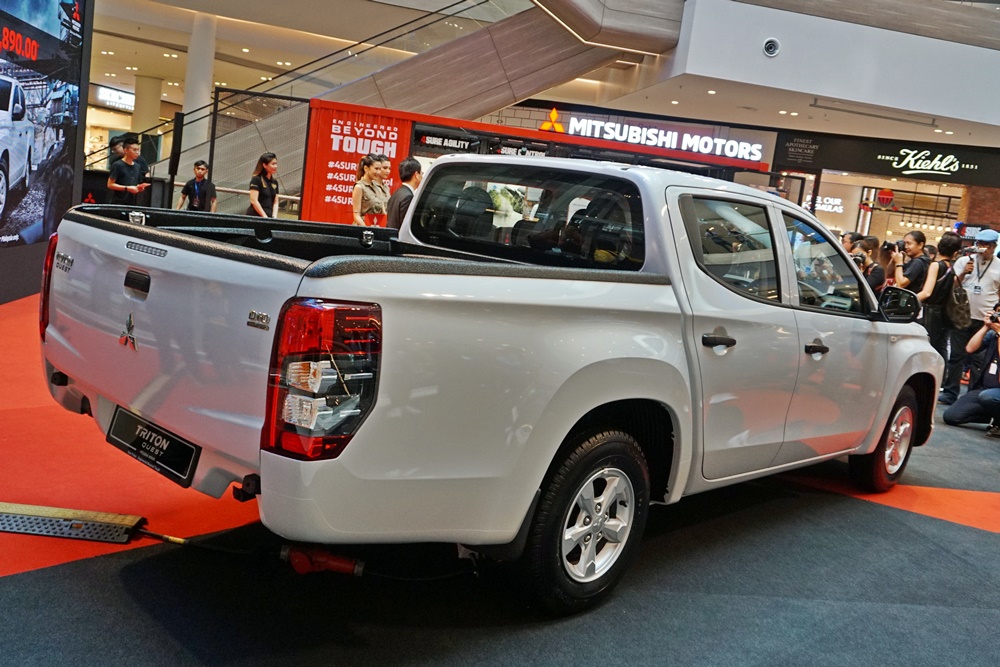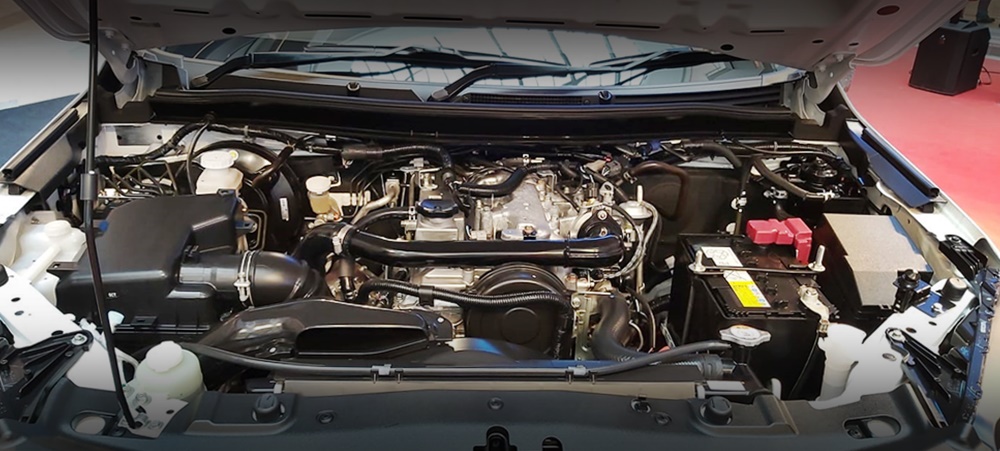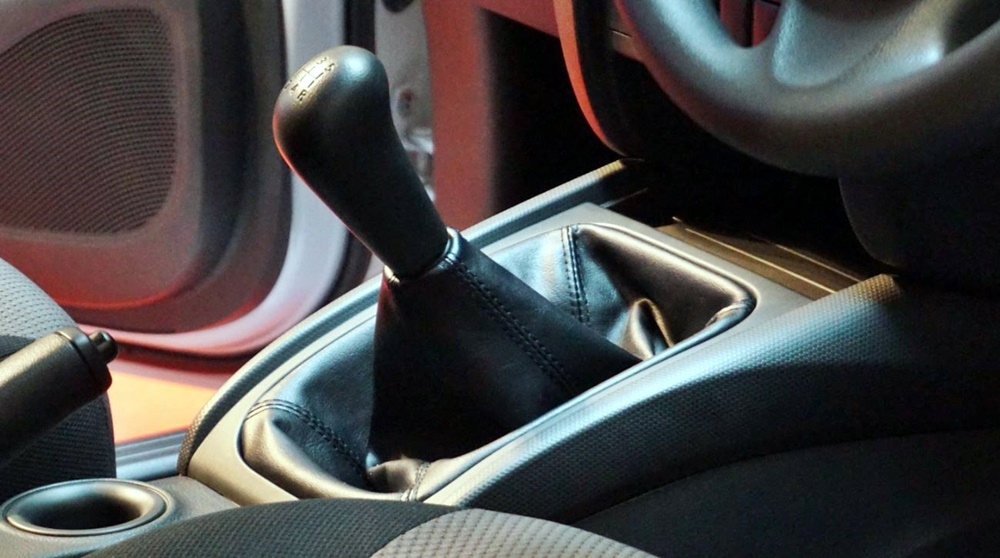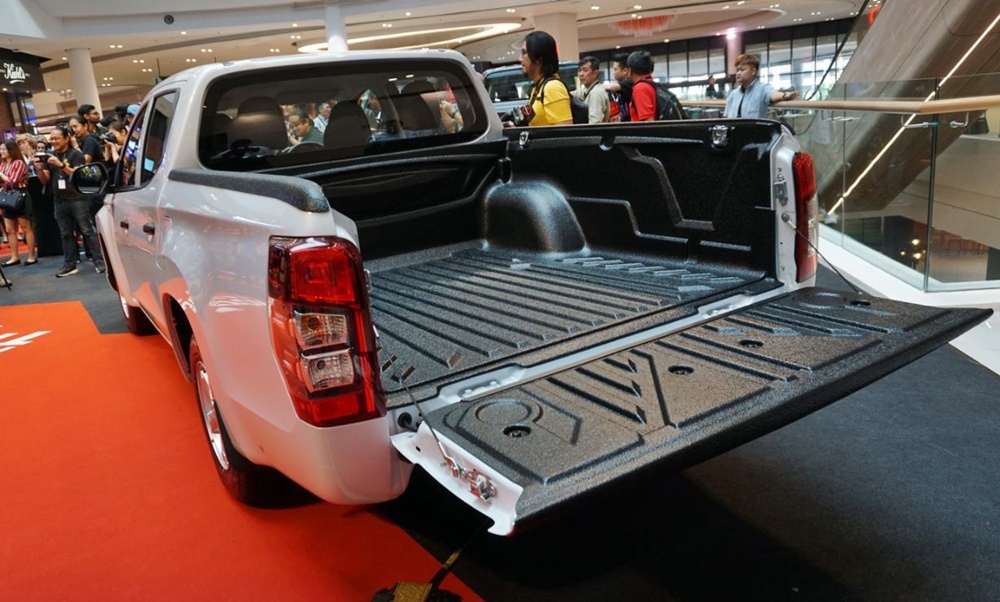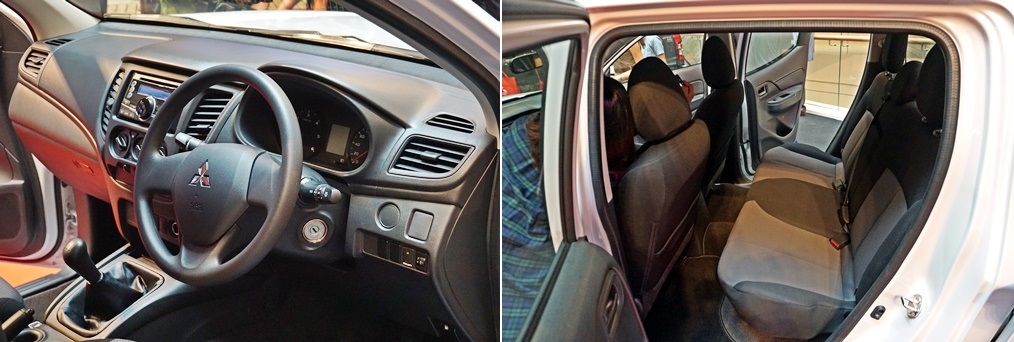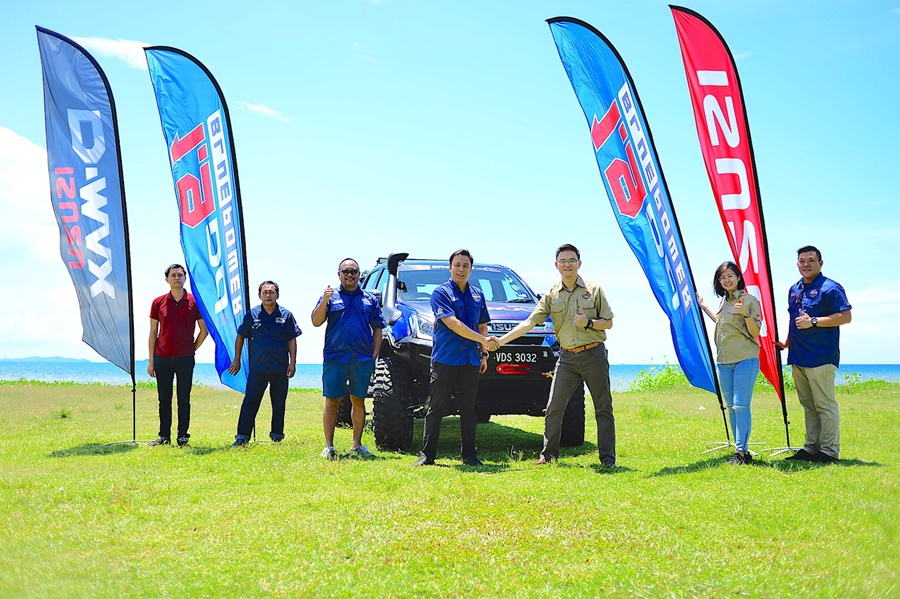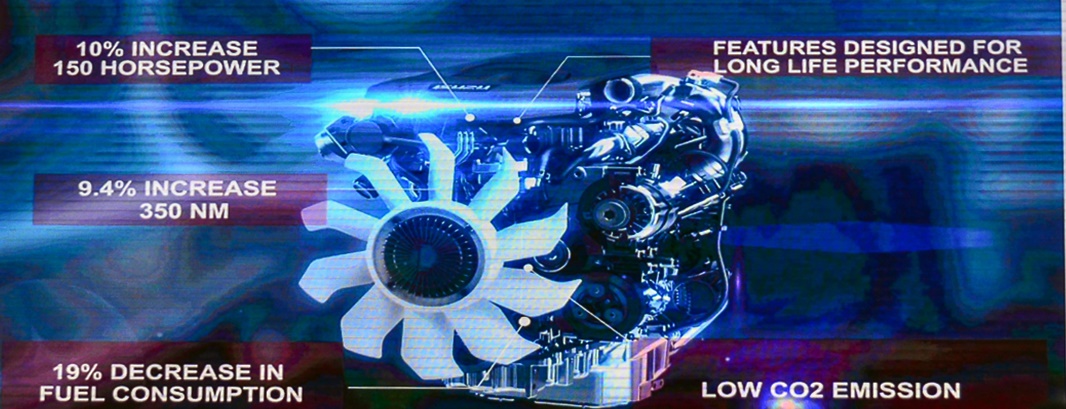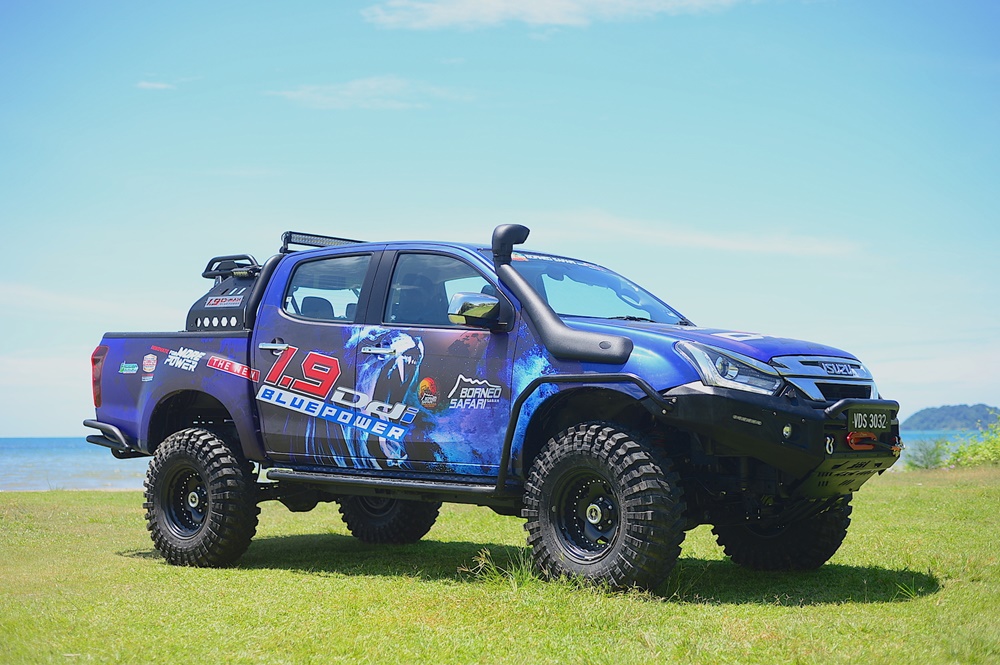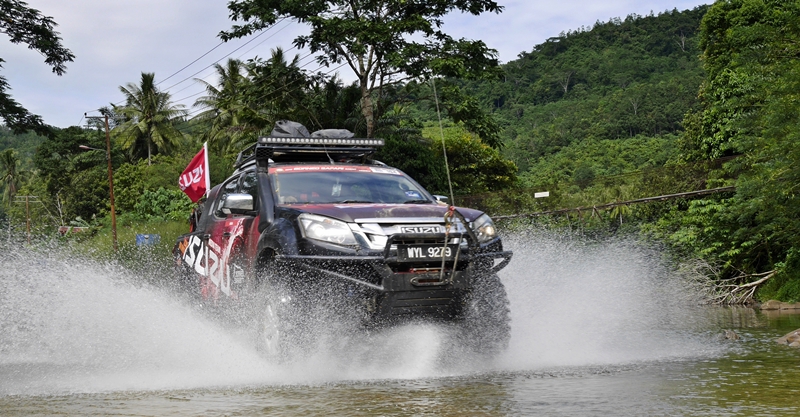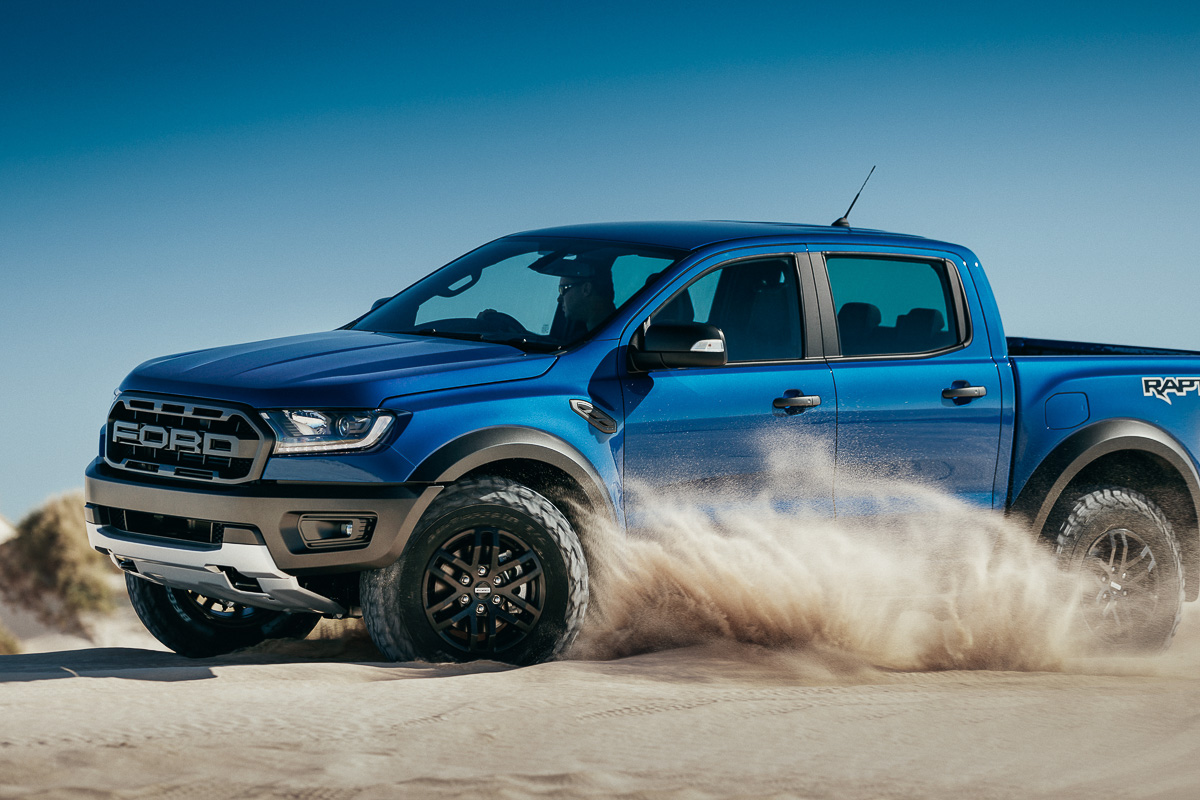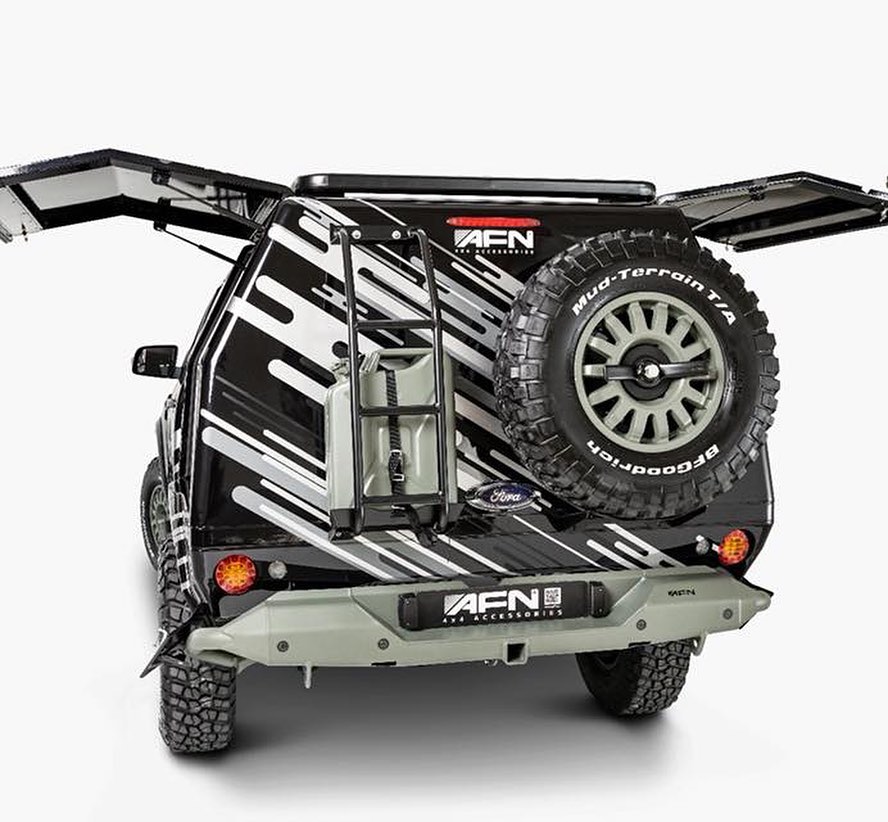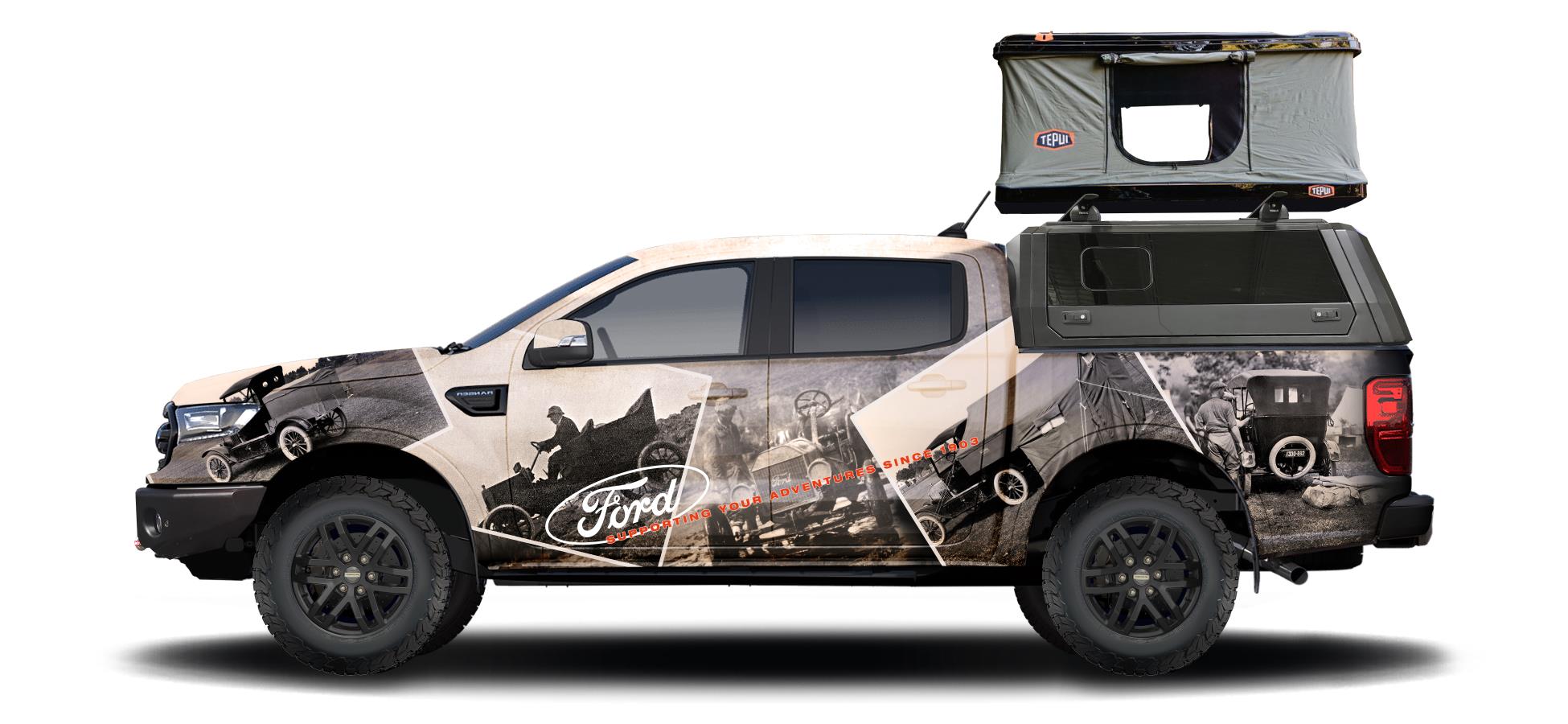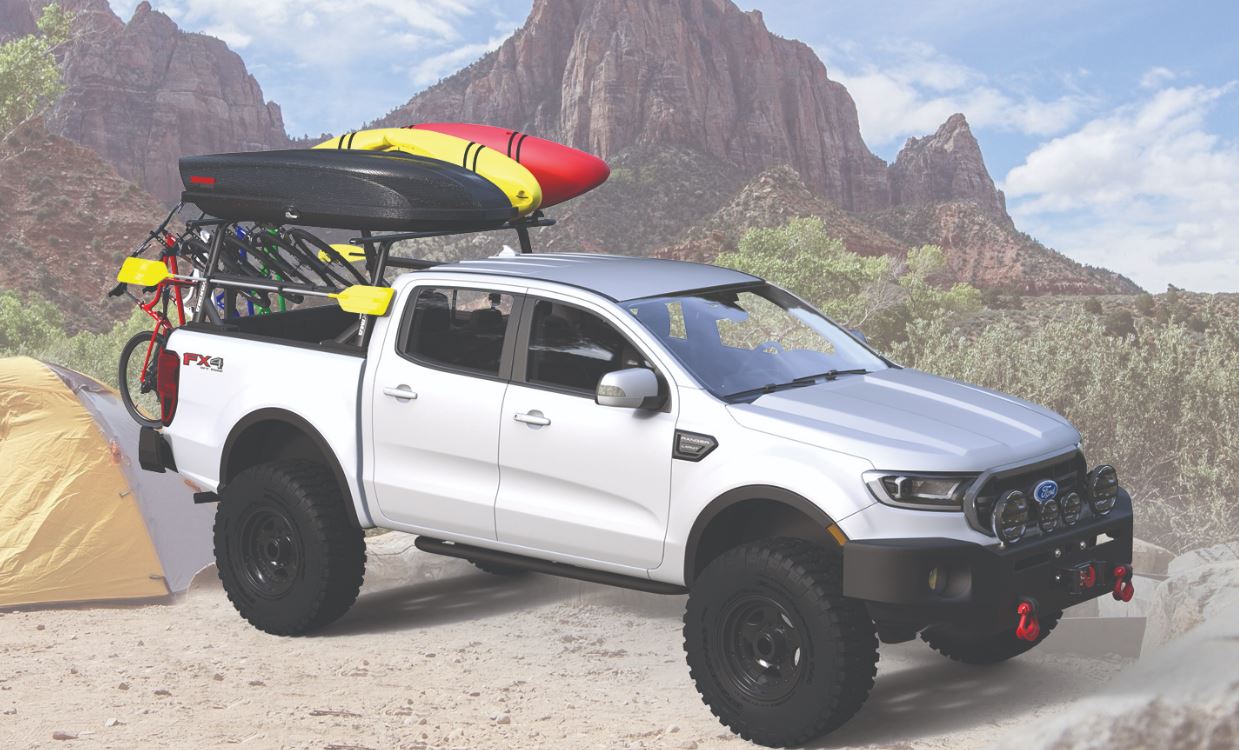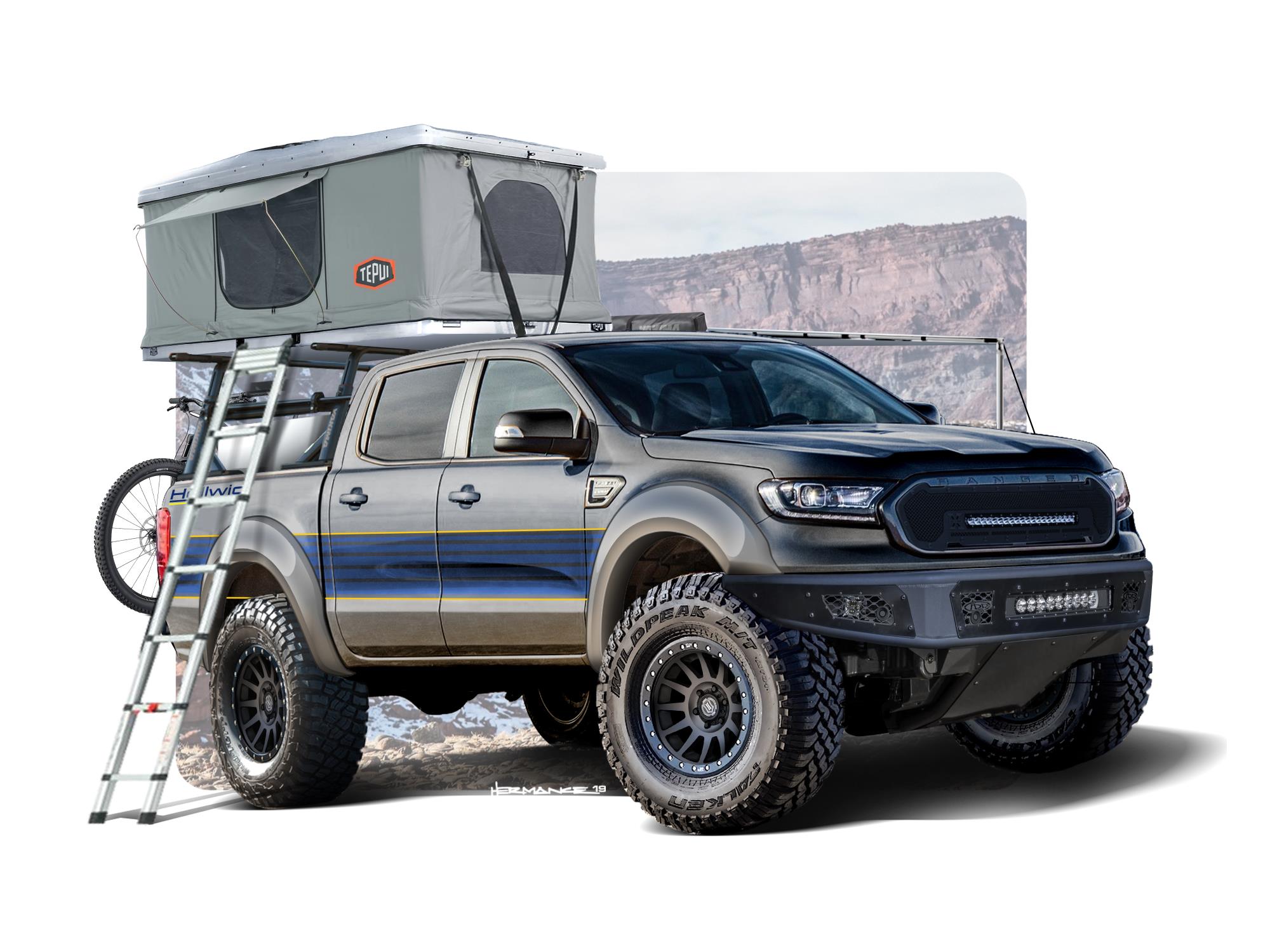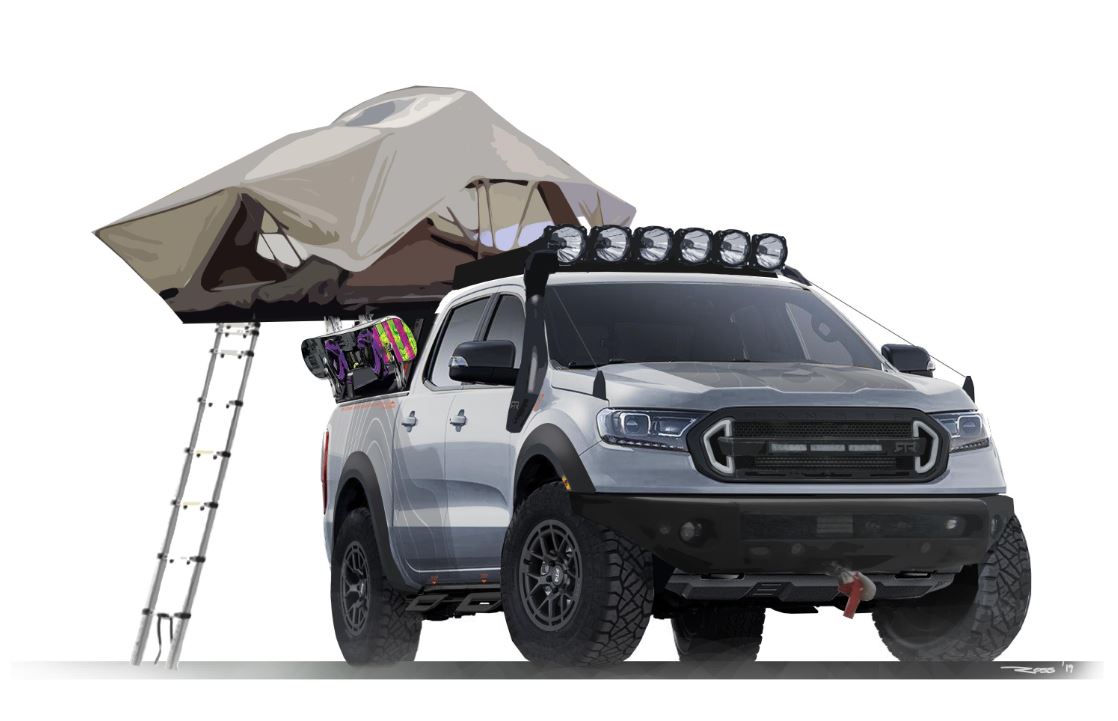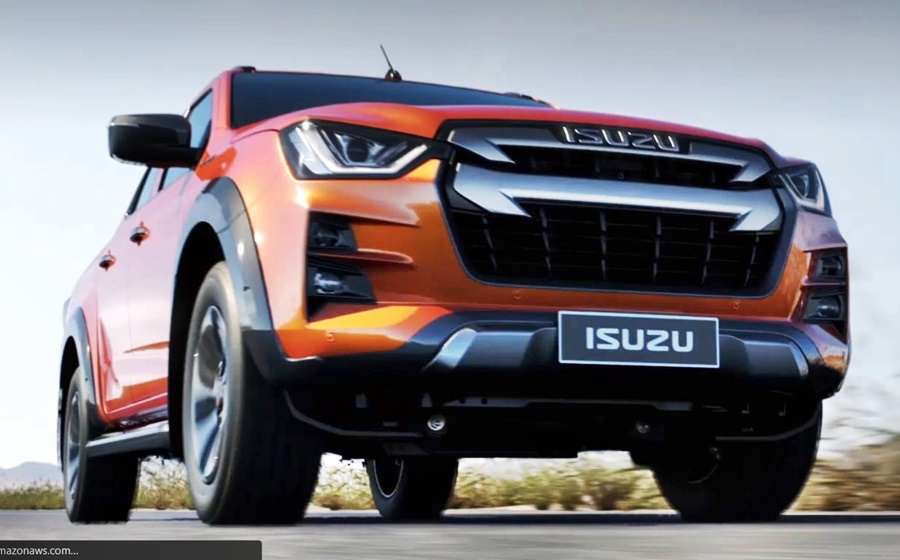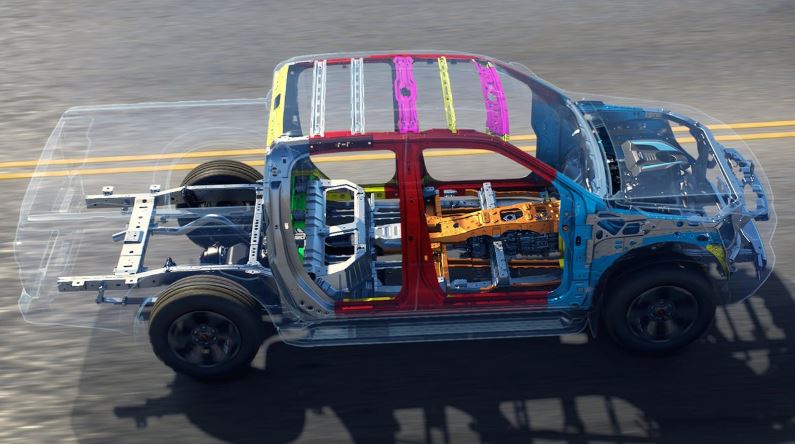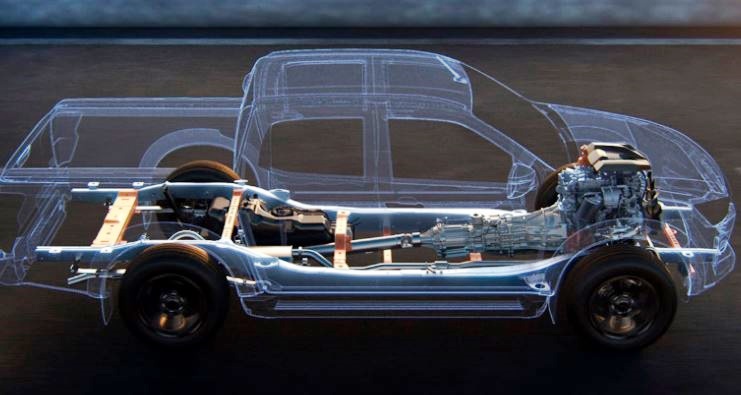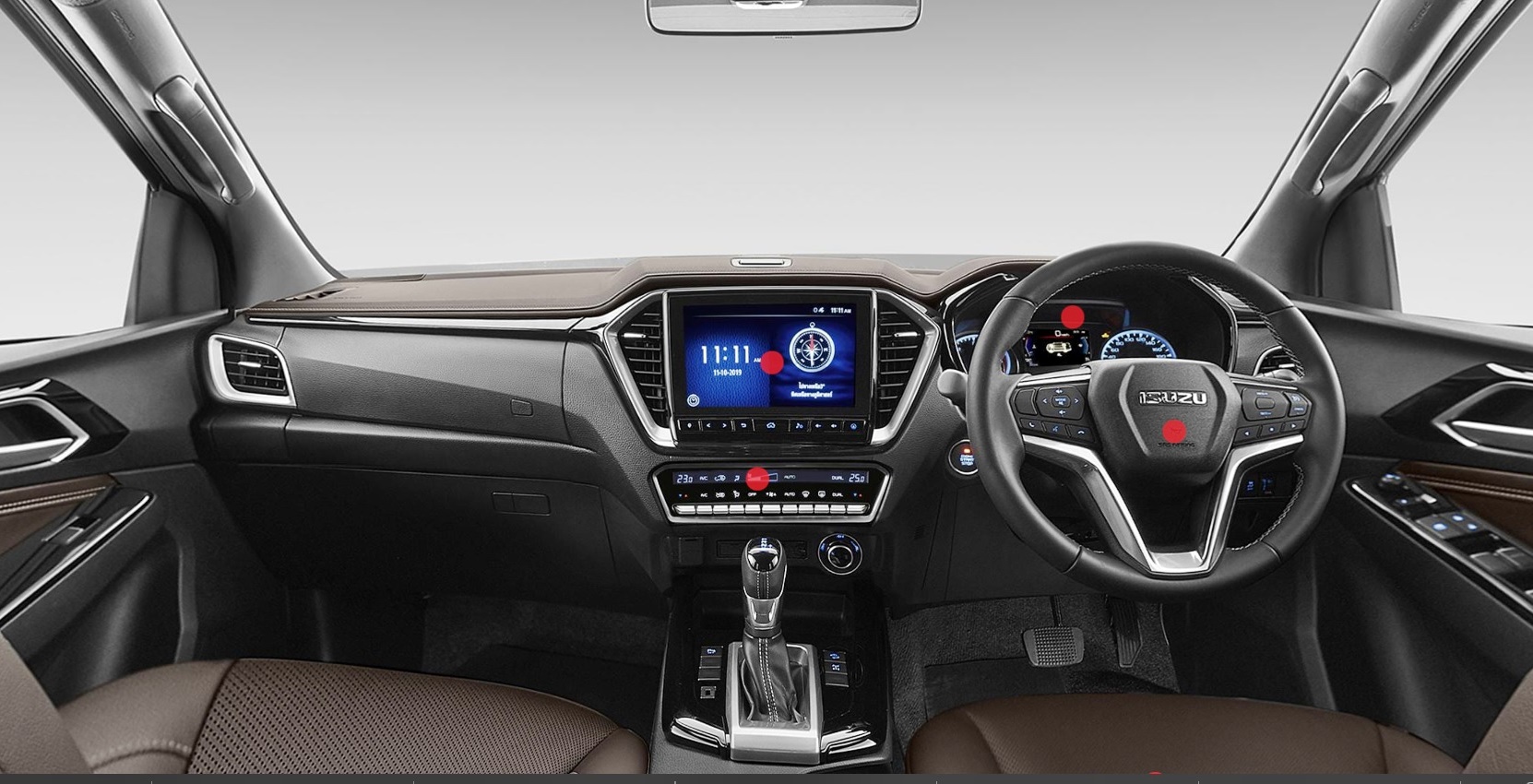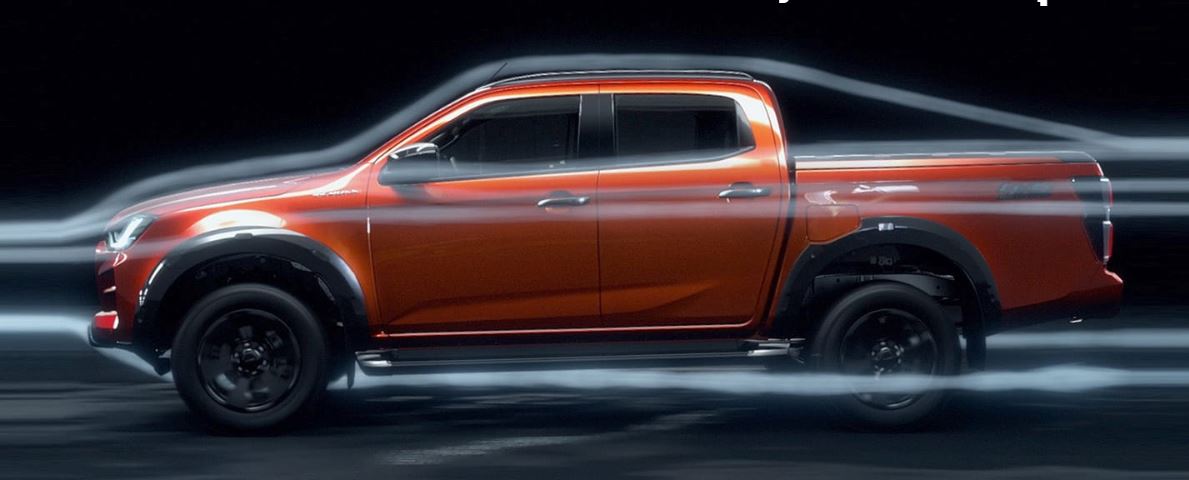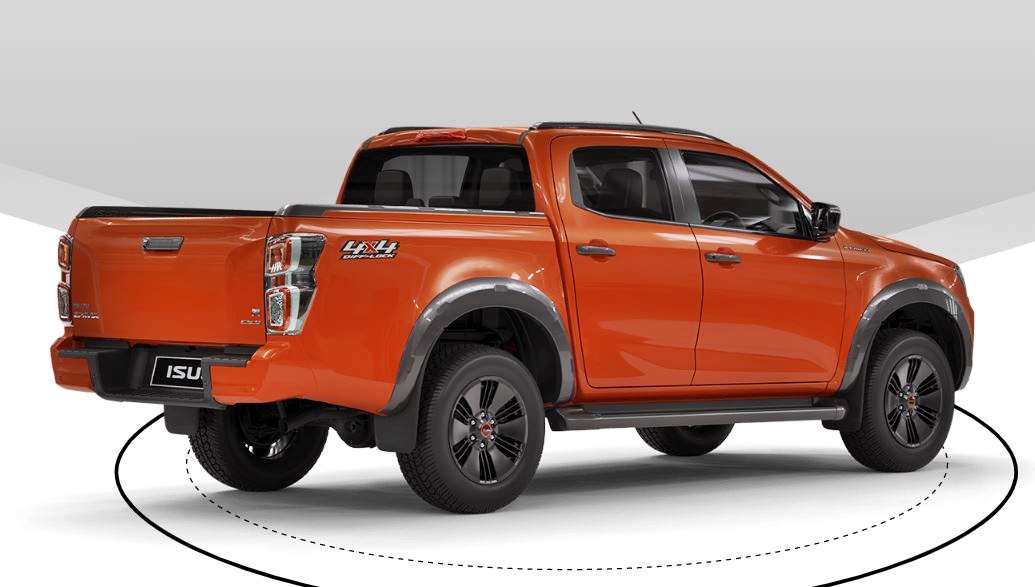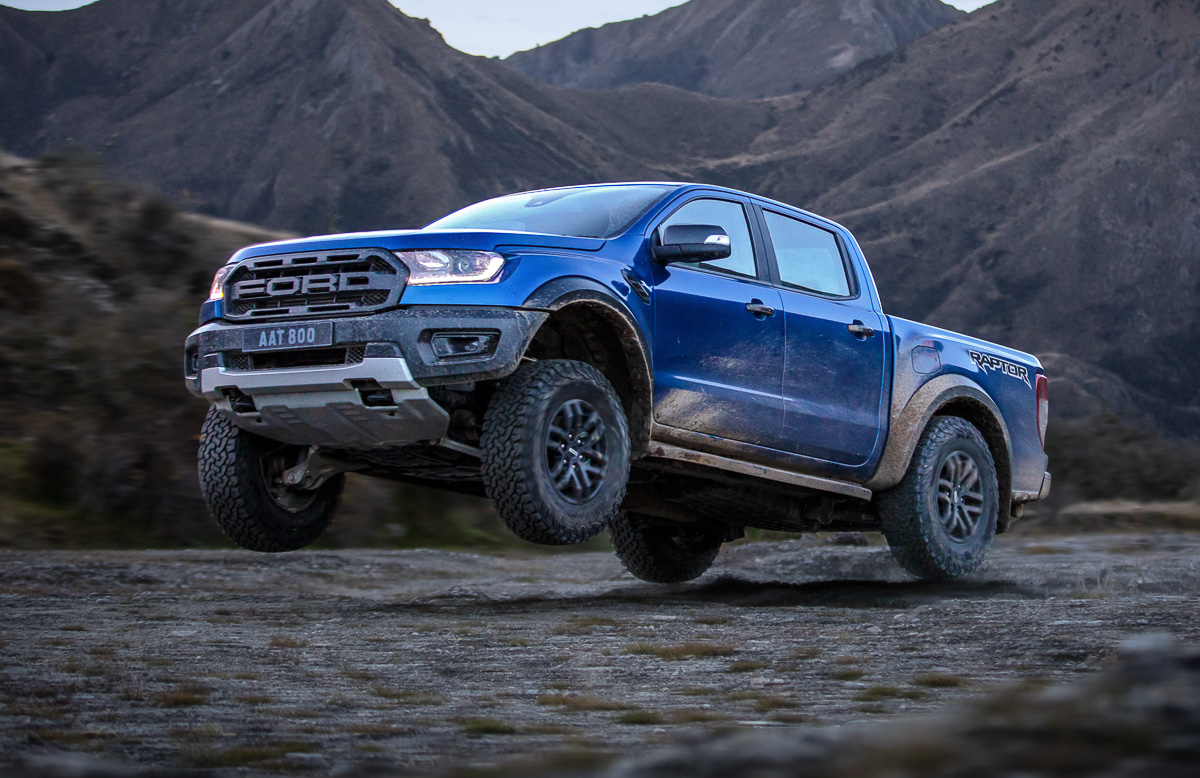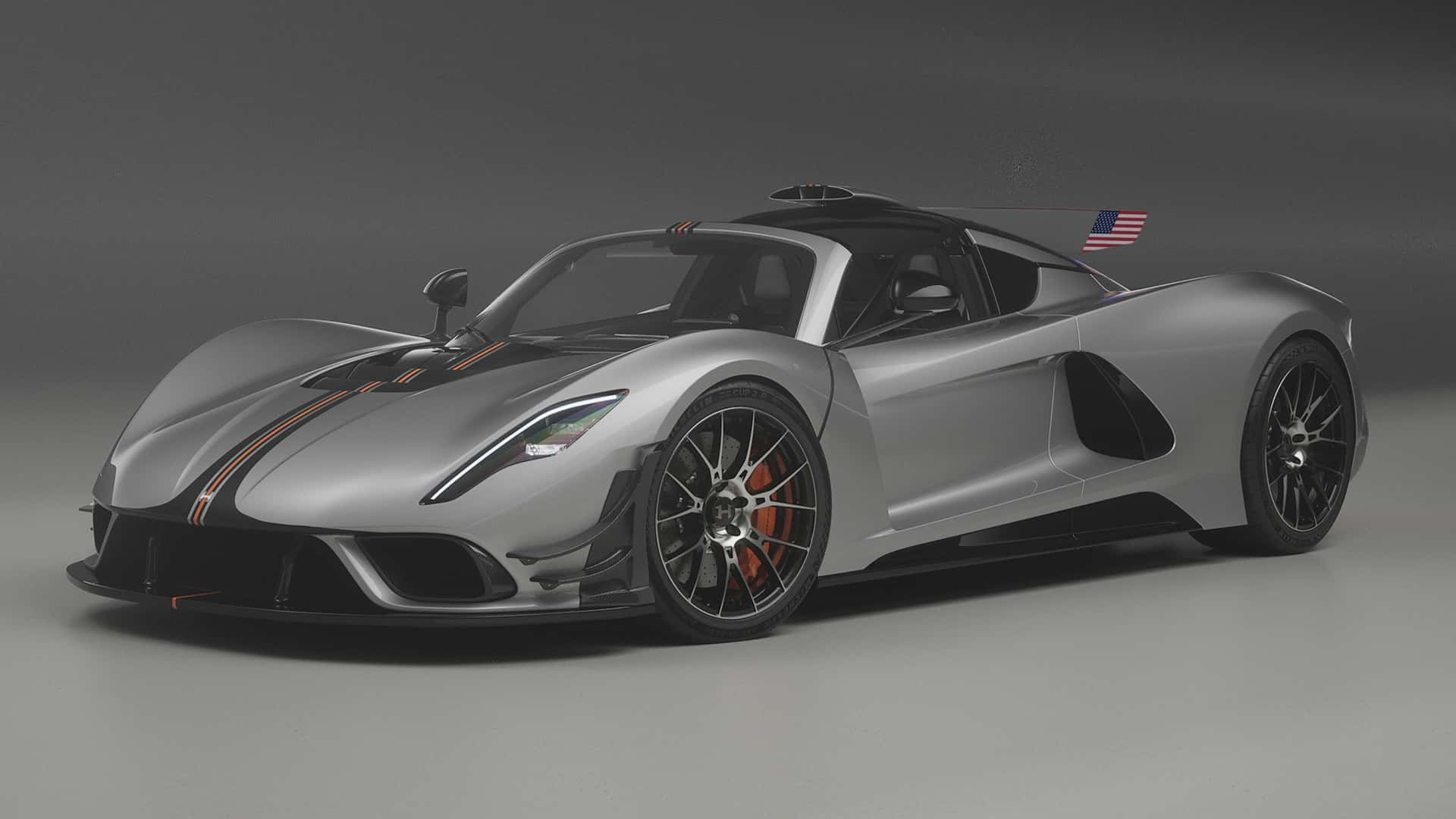Pick-up trucks have not been entirely unknown in Peugeot’s range, although they have been rare. Mainly seen in Africa markets, Peugeot has had pick-up variants of the 403, 404 and 504 in the past, Now, as part of the brand’s international expansion, it is aiming for a slice of the 2.4-million 1-ton pick-up segment, albeit in Africa and Latin America. Europe and other markets are not in the marketing plan.
Its new entry is the Landtrek and while Peugeot doesn’t mention the background of this new model, it is known to have been jointly developed by the French carmaker and Changan, the latter selling its version as the Kaicene F70 in China since last October. Changan and Peugeot have had a joint-venture company for some time but early this year, it was sold off to the Baoneng Investment Group.
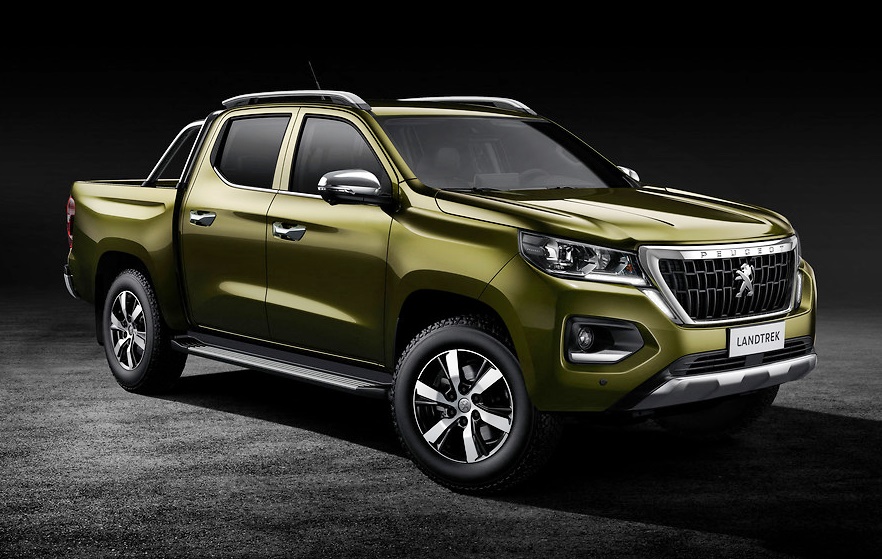
The Landtrek follows the typical pick-up fundamentals and is engineered with high priority given to durability and payload capacity. Before being confirmed for production, prototypes covered 2 million kms of testing on all kinds of terrain and in different weather conditions.
Dimensionally, the Landtrek is of the same size as other pick-ups in the market. It measures 5.33 metres in length for the double cab version and 5.39 metres for the single cab versions, all with a width of 1.92 metres.
The interior design draws some of its elements from 3008 and 508 models, notably the 3008’s 2-spoke steering wheel and the 10-inch HD screen at the top of the dashboard inspired by the 508. The aim has been to provide a passenger car-like cabin (for up to 6 persons) for maximum comfort on any terrain.
The modularity of the rear bench seat is unique in the 1-ton pick-up segment and its backrest can be folded 60/40 or 100%. When folded down, the backrests can support a load of up to 100 kgs. At the front, there is a choice between 2 independent seats with central armrest or a 3-seater Multiflex bench seat. With the latter, there is the possibility of folding down the central backrest to make room for an armrest/work table or to load bulky objects weighing up to 75 kgs.
Besides 6 airbags and Electronic Stability Control, there’s also Hill Descent Control, Anti-Skid control and Trailer Swing Control. The Lane Departure Warning system will alert the driver if the truck wanders off the lane while 1 to 4 cameras can be installed to facilitate manoeuvring by providing a 360° view.
Claimed to have ‘the most accommodating cargo box in the segment’, it can take in 2 Euro-pallets in the Double Cab versions and 3 Euro-pallets in Single Cab versions. The payload can be up to 1.2 tons in some versions and the towing capacity is 3 tons.
The turbodiesel engine, likely to be the more popular of two powertrain options, has a 1.9-litre displacement and produces 150 ps/350 Nm. The petrol option is a turbocharged 2.4-litre unit which generates 210 ps/320 Nm. Both engines can be ordered with a 6-speed Getrag manual gearbox and the petrol version can also be specified with a 6-speed Punch automatic gearbox with sequential operation, Sport or Eco modes.
Like most pick-up trucks, the Landtrek has a transfer case with High and Low ranges to provide maximum capability in the toughest conditions. The rear differential is equipped with the eLocker system with automatic disengagement and provides extra traction when one wheel spins. It can travel across water that is 600 mm deep and clear rough terrain with 235 mm of ground clearance.





